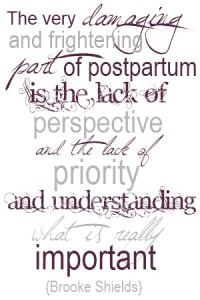Many parents are worried about baby scratching themselves and therefore use mittens on their hands. Others worry about baby sucking hands and use mittens to prevent that. Many babies wear socks constantly because parents think that baby will feel cold. Many swaddle because they feel swaddling reduces startle reflex or because swaddling helps baby sleep longer.
However, swaddling or using mittens and socks is a very bad idea, developmentally speaking. I going to explain why in this article.
Swaddling, using mittens or socks on their feet reduces sensory input to the baby’s brain as their movements are restricted and their skin is not open to feel things.
Babies need to get lots and lots of sensory input from their bodies and especially from their palms which are richly supplied with touch receptors. When a young baby’s hands touches their body, the sensory input from the touch goes to their brains. Similarly, when a baby sucks their hands at about 6 to 8 weeks, the sensory input from the sucking goes to their brains. Similar sensory input goes to their brains when any part of the body moves or touches a surface.
Why is this sensory input very important? In a nutshell it helps build a sensory map of the body in the baby’s brain.

There is an area in the brain called the somatosensory cortex which helps interpret all sensory inputs from any touch to the body, based on the virtual map. Early sensory input from movement and touch helps build this virtual map.

Here is a picture which shows how the body is mapped on the somatosensory cortex.
One more important thing about sensory exploring is that baby learns which touch is safe and which is not. But preventing these early sensory inputs reduces the chance of baby learning what is safe or unsafe. This impacts all further activities like eating (baby does not know that bringing hands to mouth is safe) or writing (baby does not know whether touching a pencil is safe or not).
This is why swaddling and using mittens and socks in babies is not a good idea. To prevent scratches file babies nails. Don’t worry about baby’s feet being cold, all the sensory input will only help them, not harm.



